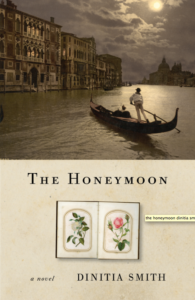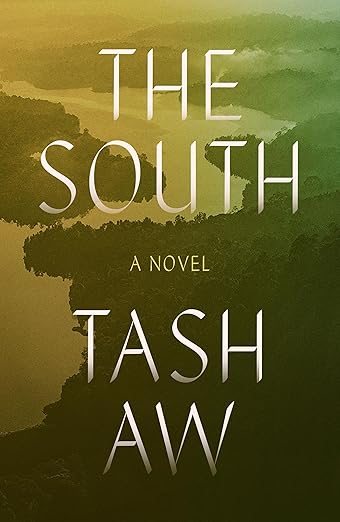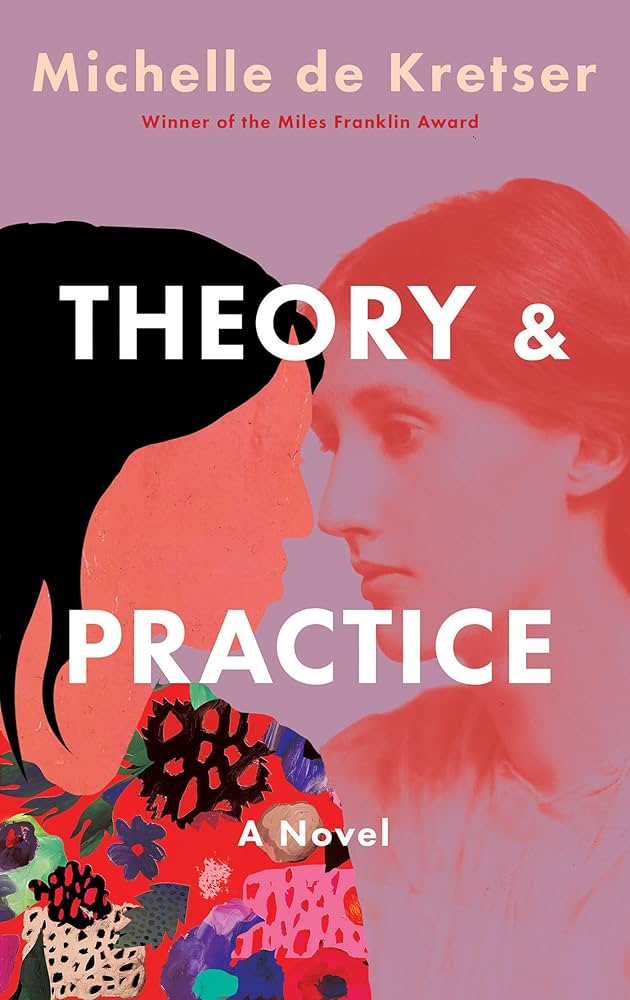Book by DINITIA SMITH
Reviewed by
 “One late afternoon in June of 1880, a rather famous woman sat in a railroad carriage traveling toward Venice with her new husband, a handsome young man twenty years her junior.” Thus begins this accomplished tale, in which the honeymoon of a sixty-year-old bride is the frame for the life story of a woman who defied convention but had no wish to.
“One late afternoon in June of 1880, a rather famous woman sat in a railroad carriage traveling toward Venice with her new husband, a handsome young man twenty years her junior.” Thus begins this accomplished tale, in which the honeymoon of a sixty-year-old bride is the frame for the life story of a woman who defied convention but had no wish to.
She is ruled, from the start, by her craving to be accepted, since her mother rejects all that is innate to her. The little girl just can’t sit and sew or keep her hair neat; exemplifying the wild passion her mother hates, the girl chops it off. The child seeks her brother’s approval as much as her mother’s, but his tolerance for his little sister is used up when she forgets to take care of his prized rabbits as promised, and he comes home from school to find them dead.
I expect many readers of these two preceding paragraphs will have recognized both that bride and little girl: Marian Evans—the writer known as George Eliot—and childhood incidents she described in her novel The Mill on the Floss. Smith’s novel about her is propulsive, and I more or less devoured it. But I wondered if I would have if that character had been a made-up Marian, never also known as George Eliot; if, instead of being the author of Middlemarch and other classics we intimately know, she’d been entirely made up; if this story is as riveting for more casual readers, who might not draw on familiarity with Eliot and her work, much less have claimed them, as I did in youth, with the possessiveness of passionate advocates. You could say that, to bookish girls, it’s delicious celebrity gossip but something between biography and novel for the uninitiated.
Set up as a mystery about the young husband, John Cross, and what occurred in that May-December marriage, it is also substantially the story of a girl desperate to be accepted. She is freakish for her time and place, especially in her early life, homely and avid for learning in rural circumstances that, though materially comfortable, would be unreceptive even for a boy of her predilections. Unlike Maggie Tulliver, the similarly inclined protagonist of Mill, Marian Evans is sent to school. The schools are not scenes of horrors like those in Jane Eyre and so many other Victorian novels but, in the first, a place where she is protected by her older sister, and, in the last (achieved through outstanding aptitude) she is championed by at least one gifted teacher, from whom she learns to pray: “Please make people love me.” When she moves from their rural home with her widowed father to a bigger town, Coventry, she comes into the world that should be her natural habitat, that of artists and intellectuals.
Considered by her family too unattractive to be marriageable (and expected therefore to become a governess), she accepts her undesirability. Perhaps this is what makes her vulnerable to married men, who prey upon her. She meets her neighbors, Charles and Cara Bray, hosts to a who’s who of the Victorian literary, intellectual, and artistic world, and—though she is initially shocked at the Brays’ open marriage—becomes Charles’s lover. Because it’s hard to imagine yielding to such passions when the cost could be so high, this seems to the modern reader even more shocking. Birth control was limited and uncertain (a factor never mentioned in the book but impossible not to consider). She and Charles always seem to be in rooms anyone could walk into. There are always servants around. An experienced woman of today might hesitate more than did this Victorian maiden before falling into the arms of a married man. Having felt for Marian in her yearning for love, one understands her attraction to handsome, flattering Charles, and, writes Smith, “Once that taste had been taken, there was no going back.” The 21-year-old Marian’s emotional neediness makes it only more painful when Charles notifies her that he’s adopting the baby, his baby, of a lover Marian hasn’t suspected: “I never told you you were the only one.”
Marian remains friends with them—the Brays are her lifeline—but it’s the end of the affair. That doesn’t seem to arm her against other such entanglements, however. One by one, married men mow her down: the distinguished Robert Brabant, dashing publisher John Chase, entertaining, funny-looking George Henry Lewes, whom she’s warned against as a known ladies man. The reader for whom this is something of a celebrity biography knows how ironic that will be, though by this point in the book, as we track Marian and Cross through a honeymoon in Venice that proves calamitous, we also experience how she misses her partnership with Lewes. In the retrospective sections, the true love she finds with Lewes (famously, twenty-six years of bliss) comes as a great relief, to us and her.
Smith is lovely on Eliot’s relationship with Lewes, the comfort Marian feels with him–cherished and desired, their infinitely soothing mutual understanding. Smith cleverly does not condemn the callousness of Marian’s sexual exploiters, leaving the reader ample room to hate them. After all these scandalous goings-on, it is ironic that when Marian at last is legitimized as a married woman—earning a note from her brother, who had cut her off when she declared herself “Mrs. Lewes” without benefit of clergy—the man doesn’t want sex. Marian doesn’t know why—and we can never know more than she does in this story told from her point of view. Is it her old body that disgusts him (not that he’s willing to look at it)—or the female body of any woman, any age? She once speculated to George about whether Johnny—their neighbor, welcome household visitor, and financial advisor—was “A Nancy boy.” George thought not. But as a straight man, his gaydar may not have been all that well tuned.
Such a misperception is implied; at home, Johnny is a bit too fond of his daily opponent at tennis, with whom he disappears for long walks in the woods. In Venice, away from this constant companion, he has a breakdown that takes the form of inability to sleep or eat but also nastiness to his new, previously revered wife, particularly after a midnight visit to the Rialto, the scene, it is hinted, of unspeakable goings on, which we guess to be sexual. The whole Venice thread of the book invokes Thomas Mann’s doomy Death in Venice, with a sour old gondolier whose gaydar seems to be functioning all too well standing in as fateful figure for the pulchritudinous Tadzio, and Johnny weirdly as Aschenbach, the artistic master tempted by unacknowledged homosexual urges unto the point of death. Johnny, after attempting to drown himself in the canal, is cured, we are to believe—anyway, is nice to Marian again—by a course of different waters at a spa near the Black Forest. We never learn what John Cross makes of his bizarre behavior during the many days of his breakdown, how he thinks of himself or of Marian: what was he hoping of his honeymoon or marriage—to be just a helpmeet, as it seems? Is he mainly interested in being part of her celebrity, or does he just revere her, as so many did, and love her like, as she thinks of it, a “nephew.” Marian is tormented by such questions but afraid to ask—afraid either to find confirmation of her unattractiveness or of sending Johnny into another mental crisis, especially one that might become a public scandal.
Dinitia Smith, in a note to the reader, says “there is nothing in this story that I know with certainty did not happen,” taking the opposite tack from Thomas Mallon, the author of Finale: A Novel of the Reagan Years and other novels based on historical figures, who says that story must always trump fact. Smith, who started her career as a documentary filmmaker and was a journalist at The New York Times, clearly feels otherwise, that there doesn’t have to be a conflict between the two if you can know or deduce enough about a subject. She manages to know a very great deal. Her 1997 novel The Illusionist conjures the Teena Brandon crime story, which, like the movie also based on it, Boys Don’t Cry, is about an individual who is anatomically female but feels male; he incites love in any number of desirable young women, who are interested only in men but don’t care if Brandon’s maleness is, as the title would have it, an illusion. The earlier book has aspects in common with The Honeymoon—the enamoured female’s insecurity about her desirability, the ambiguous sexual orientation of the lover, prospective public mortification if exposed, a need to preserve an illusion. In both, you feel acutely the precariousness of enacting a charade, the pushings away and inventions to keep others off the scent, to hide the fact that there is a story to follow. In Honeymoon, you feel Marian’s delicacy, her fluttering self-protectiveness, her exasperation and exhaustion. Smith’s extraordinary research confirmed the physical aspect of Eliot’s earlier romances (via journals of John Chase). The inconvenient fact that Smith won’t quitetrump is Cross’s destruction of pages of his wife’s diaries and letters that probably revealed what his marriage, and he, was “about.” I felt so thwarted when I read of this destruction in the magnificent George Haight biography of Eliot that I wanted to throw it down. But Smith has uncovered phenomenal documentation that informs this dramatic rendering on every page. What is shown here is that this tired Victorian lady made do—and made peace—with a marriage also deprived of the juicy bits. At least, and at last, she had, for the little time left before her death, respectability.
Anna Shapiro is the author of three novels and a collection of essays. Her book reviews and editorials have appeared in a wide range of periodicals including The New Yorker and The Guardian.



